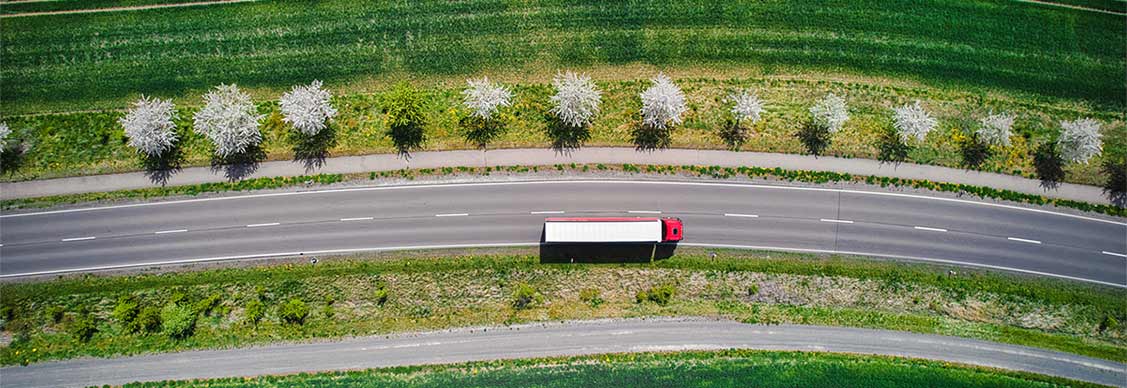PODCAST: The long road to a greener last mile
There are clean energy solutions available to green the last mile, but hurdles remain
Transporting raw materials to factories, and finished products all the way to the homes of consumers, is one of the biggest sources of carbon emissions on the planet. With companies and governments in recent years increasingly committing to curbing emissions, logistics has moved into focus.
Drones and electric trucks have long been floated as viable options, but so far they’ve been limited to small-scale pilot programs.
One of the key barriers has been costs, according to Taras Wankewycz, Founder and CEO of aerial mobility firm H3 Dynamics. “The unit economics must make sense before these solutions can be implemented on a wider scale,” he says.
This is especially true of vehicles that use hydrogen fuel cells. “The biggest cost in hydrogen right now is the shipping cost from point to point,” says Wankewycz. “If you can make it near the point of use, you not only open up the ability to have green hydrogen or zero-emission hydrogen, but also a lower-cost hydrogen source.”
Such efforts to green the last mile not only require investment, but also call for collaboration between organizations, logistics and transportation players, and, in some cases, even governments.
Are these roadblocks the only barriers to achieving a greener last-mile operation?
Tune in to the second episode of JLL’s The Future of Logistics podcast series, where Wankewycz joins Michael Ignatiadis, Head of Supply Chain & Logistics Solutions, Asia Pacific, JLL, to discuss the viability of clean energy alternatives for the last mile, and how real estate can play a role in helping organizations achieve green ambitions.
